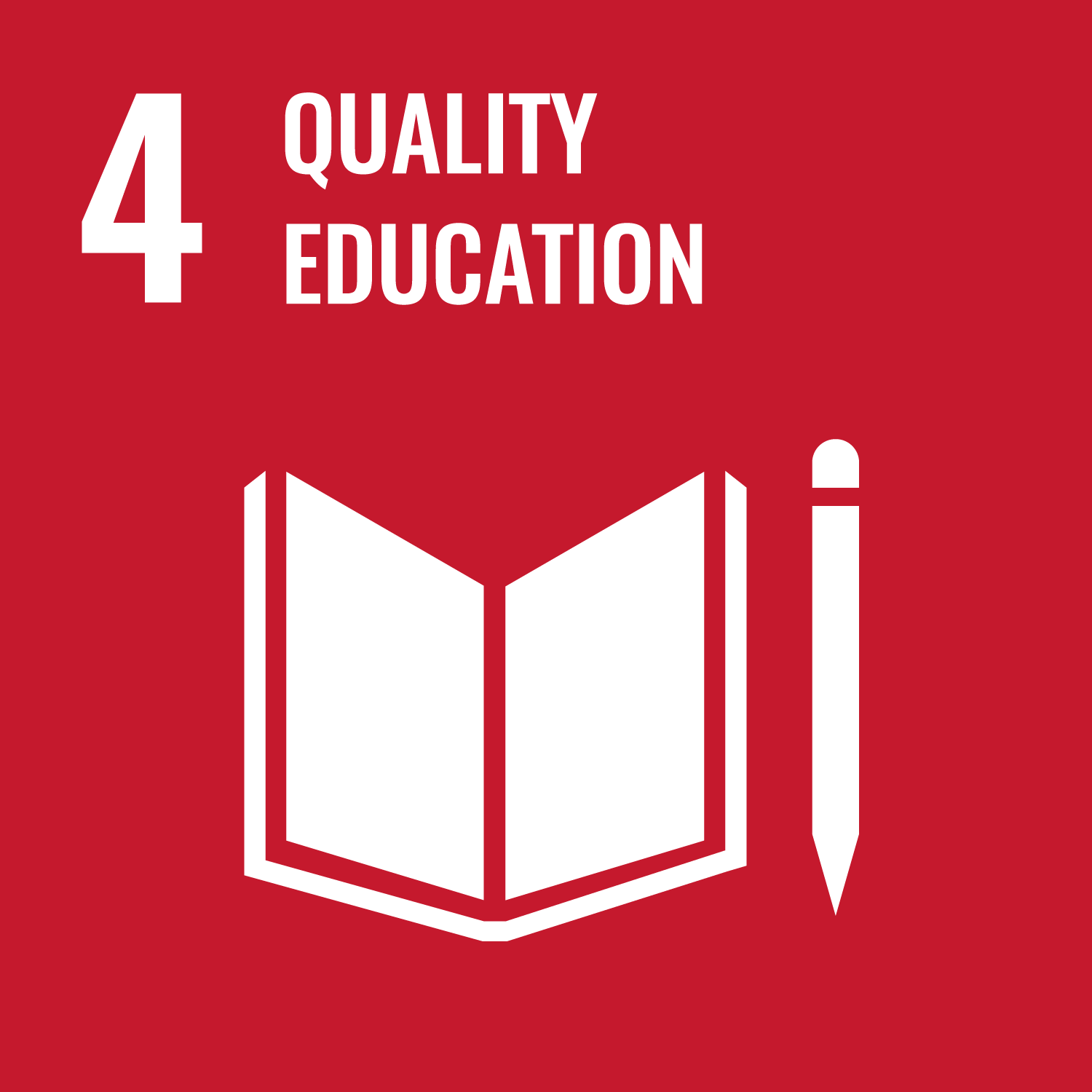Vibration engineering covers two-degree-of-freedom or multidegree-of-freedom systems. Furthermore, the course also covers
a finite element method to get natural frequencies and vibration mode shapes.
Students derive and solve differential equations of motion of two-degree-of-freedom or multidegree-of-freedom systems.
Students make programs for solving those systems using MATLAB based on a finite element method.
Students make programs for solving those systems using MATLAB based on a finite element method.
- To understand the derivation and solution of differential equations of motion in two-degree-of-freedom systems
- To get natural frequencies and vibration mode shapes in two-degree-of-freedom systems
- To understand the derivation and solution of differential equations of motion in multidegree-of-freedom systems
- To understand a finite element method and to create a computer program to get natural frequencies and vibration mode shapes in multidegree-of-freedom systems
| Class schedule | HW assignments (Including preparation and review of the class.) | Amount of Time Required | |
|---|---|---|---|
| 1. | Two-degree-of-freedom systems (translational degrees of freedom system) | To read two-degree-of-freedom systems (translational degrees of freedom system) | 190minutes |
| 2. | Two-degree-of-freedom systems (translational and rotational degrees of freedom system) | To read two-degree-of-freedom systems (translational and rotational degrees of freedom system) | 190minutes |
| 3. | Two-degree-of-freedom systems for forced vibration | To read two-degree-of-freedom systems for forced vibration | 190minutes |
| 4. | Dynamic vibration absorber | To read dynamic vibration absorber | 190minutes |
| 5. | Truss (stiffness matrices) | To read truss (stiffness matrices) | 190minutes |
| 6. | Truss (equation of motion of the complete system) | To read truss (equation of motion of the complete system) | 190minutes |
| 7. | Truss (incorporation of bounfary conditions) | To read truss (incorporation of bounfary conditions) | 190minutes |
| 8. | Rahmen (stiffness matrices) | To read rahmen (stiffness matrices) | 190minutes |
| 9. | Rahmen (equation of motion of the complete system) | To read rahmen (equation of motion of the complete system) | 190minutes |
| 10. | Rahmen (3D structures) | To read rahmen (3D structures) | 190minutes |
| 11. | Mass matrices | To read mass matrices | 190minutes |
| 12. | Commercially available finite element software (NASTRAN) | To read a commercially available finite element software (NASTRAN) | 190minutes |
| 13. | Programing with MATLAB | To create a computer program to get natural frequencies and vibration mode shapes in multidegree-of-freedom systems based on a finite element method | 190minutes |
| 14. | Special lecture | To investigate vibration engineering in the automobile industry | 190minutes |
| Total. | - | - | 2660minutes |
| Report | Total. | |
|---|---|---|
| 1. | 25% | 25% |
| 2. | 25% | 25% |
| 3. | 25% | 25% |
| 4. | 25% | 25% |
| Total. | 100% | - |
The score will be counted from 100 points by the report. The pass criteria are 60 points. The threshold of 60 points is to
create a computer program with MATLAB for a beam element in two translational and one rotational degrees of freedom (three
elements and four nodes) and to obtain natural frequencies and vibration mode shapes.
S. S. Rao, Mechanical Vibrations
Hayato Togawa, A finite element method
Hayato Togawa, A finite element method
- If you have any questions, please contact during office hours. I will be holding office hours (Zoom) on Fridays from 5-6 PM(JST).
Apr. 9 - Jul. 16.
- Course that cultivates a basic problem-solving skills
| Work experience | Work experience and relevance to the course content if applicable |
|---|---|
| N/A | N/A |


- 4.QUALITY EDUCATION
- 9.INDUSTRY, INNOVATION AND INFRASTRUCTURE
I give feedback to students during class.
I may give feedback to students by email or a meeting in person.
I may give feedback to students by email or a meeting in person.
Last modified : Tue Jul 01 04:04:41 JST 2025

